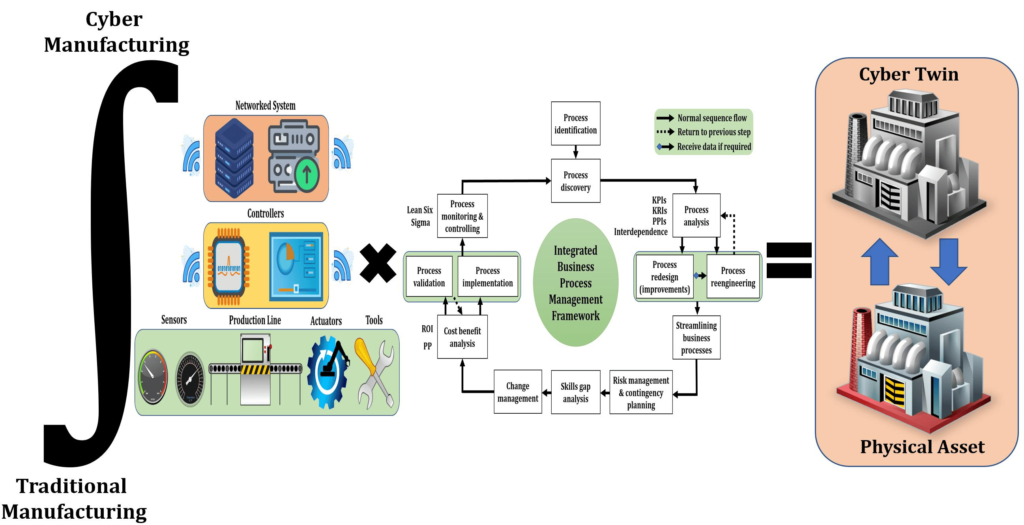Pandemic caused a global education system shift that was unprecedented, accelerating the use of online learning. Schools and universities had to quickly move to digital platforms as they closed their doors to stop the virus from spreading. The rise of online learning during the pandemic, its effects on students and educators, obstacles encountered, and lessons learned are the subject of this case study.
Background and context: The online learning landscape prior to the pandemic:
Overview: Prior to the pandemic, online education was becoming increasingly popular, primarily in higher education courses, distance learning programs, and supplementary education. A mix of synchronous (live) and asynchronous (self-paced) learning methods made it unique.
Adoption: While online learning was gaining popularity, it was not widely used at all educational levels, with many institutions still relying on face-to-face instruction.
Change caused by the pandemic:
Response to an emergency: When the pandemic hit at the beginning of 2020, many schools were forced to close and students quickly switched to online education. Curricula, teaching methods, and assessment strategies were all scrambled to be implemented on digital platforms by educational establishments all over the world.
Impact on the World: Millions of students, educators, and institutions around the world were affected by the shift to online education, highlighting the advantages and disadvantages of digital education.
Key Initiatives and Developments During the Transition to Digital Platforms:

Overview: Zoom, Microsoft Teams, Google Classroom, and Blackboard are just a few of the digital platforms that educational establishments quickly adopted to make it easier for students to learn online.
Initiatives: Schools and universities ensured that students had access to the necessary technology, developed online resources, and trained educators. In addition, grants and digital infrastructure were provided by organizations and governments to aid in the transition.
Case Study: Zoom was used for synchronous classes in the University of California system, and Canvas was used for course management. In addition, the university provided students with access to resources and technology to facilitate remote learning.
Methods of Teaching Adaptation:
Overview: In order to increase student engagement and interaction, educators adapted their teaching strategies to online formats by incorporating digital resources and tools.
Initiatives: Multimedia content, interactive discussions, and virtual group projects were some of the strategies. Moving away from traditional exams and toward online quizzes, projects, and presentations, educators were also forced to adapt their assessment strategies.
Case Study: To replicate the in-person classroom experience, Harvard University instructors utilized video lectures, online discussion boards, and virtual office hours. Additionally, they utilized cutting-edge assessment tools like digital portfolios and peer reviews.
Support and Engagement for Students:

Overview: As students faced the challenges of remote education, it became crucial to maintain student engagement and provide support.
Initiatives: Virtual support services like counseling, academic advising, and tutoring were implemented by institutions. By providing students without access to technology with resources and support, efforts were made to address issues of digital equity.
Case Study: In order to guarantee that every student in New York City’s K-12 system could take part in online classes, the system provided students with free tablets and access to the internet. For students’ benefit during the transition, the city also launched programs for virtual tutoring and mental health support.
Problems with the Digital Divide:
Challenge: Significant disparities in online learning were brought to light by the disparity in accessibility to technology and reliable internet connections.
Impact: Participation in remote education was difficult for students from rural or low-income families, exacerbated by existing educational disparities.
Response: Providing underserved students with internet access and devices was one way to combat the digital divide; however, ensuring full access remained a challenge.
Online Education Quality:

Challenge: Maintaining student engagement, providing effective instruction, and evaluating student performance were some of the challenges associated with ensuring the quality of online education.
Impact: Concerns about the effectiveness of remote learning in comparison to traditional in-person education were prompted by the variability in the quality of online resources and instruction.
Response: Through the implementation of best practices, professional development, and feedback mechanisms, educators and institutions worked to improve online teaching practices.
Well-being and mental health:

Challenge: Students’ mental health and well-being were impacted by the transition to online education in addition to the pandemic’s isolation and uncertainty.
Impact: Students and educators reported higher levels of stress, anxiety, and burnout, highlighting the need for mental health assistance.
Response: To support well-being, institutions increased mental health resources and support services, such as virtual counseling, wellness programs, and online communities.
Integrity in Academic Assessment:
Challenge: In an online setting, it was difficult to maintain academic integrity and conduct effective assessments.
Impact: Traditional testing strategies were rethought in light of suspicions about cheating and the reliability of online assessments.
Response: Open-book exams, project-based evaluations, and the use of technology to monitor academic integrity were innovations in assessment.
Flexibility and adaptability: Lessons Learned

Lesson: In education, being able to quickly adjust to new circumstances is essential. The pandemic demonstrated the necessity of disruption-resistant educational systems that are adaptable and enduring.
Implication: To be more adaptable in the face of challenges in the future, institutions ought to make investments in technology and develop emergency plans.
Digital Literacy’s Importance:
Lesson: To successfully navigate online learning environments, educators and students alike need to be digitally literate.
Implication: Online education can be made more effective by teaching educators digital literacy and incorporating it into curriculum.
Access and Equity:
Lesson: Providing all students with a high-quality education necessitates addressing the digital divide and ensuring equitable access to technology.
Implication: Programs and policies ought to concentrate on closing access gaps to technology and internet connectivity.
Assistance with Mental Health:

Lesson: Promoting students’ and teachers’ mental health and well-being is essential to maintaining engagement and success in online learning.
Implication: Support and resources for mental health should be incorporated into online learning programs by educational establishments.
Hybrid Learning Models for the Future:
Direction: The pandemic has accelerated the creation of hybrid learning models that combine in-person instruction with online instruction.
Consideration: In order to offer more adaptability and enhance learning experiences, institutions may continue to investigate and implement hybrid models.
Technology investments:
Direction: Supporting efficient online and blended learning will necessitate ongoing investments in technology and digital infrastructure.
Consideration: To keep and improve online education, funding for technology, training, and digital resources must be maintained.
Enhancing Online Instruction:
Direction: Improving the quality of remote education will require developing and sharing best practices for online pedagogy.
Consideration: Online learning outcomes will improve as a result of educators’ professional development and research into efficient online teaching methods.
Prioritize Equity:
Direction: It will continue to be a top priority to address issues of digital equity and ensure that all students have access to the resources they require.
Consideration: Equality in education will be dependent on programs and policies that support underserved communities and close the digital divide.
Conclusion
The COVID-19 pandemic’s rapid transition to online education highlighted digital education’s potential and challenges. The transition was not without significant challenges, but it also provided opportunities for educational practices to be innovated and improved. The lessons learned from this experience will have a significant impact on the development of online and hybrid learning in the future, ensuring that education remains accessible, equitable, and effective.



